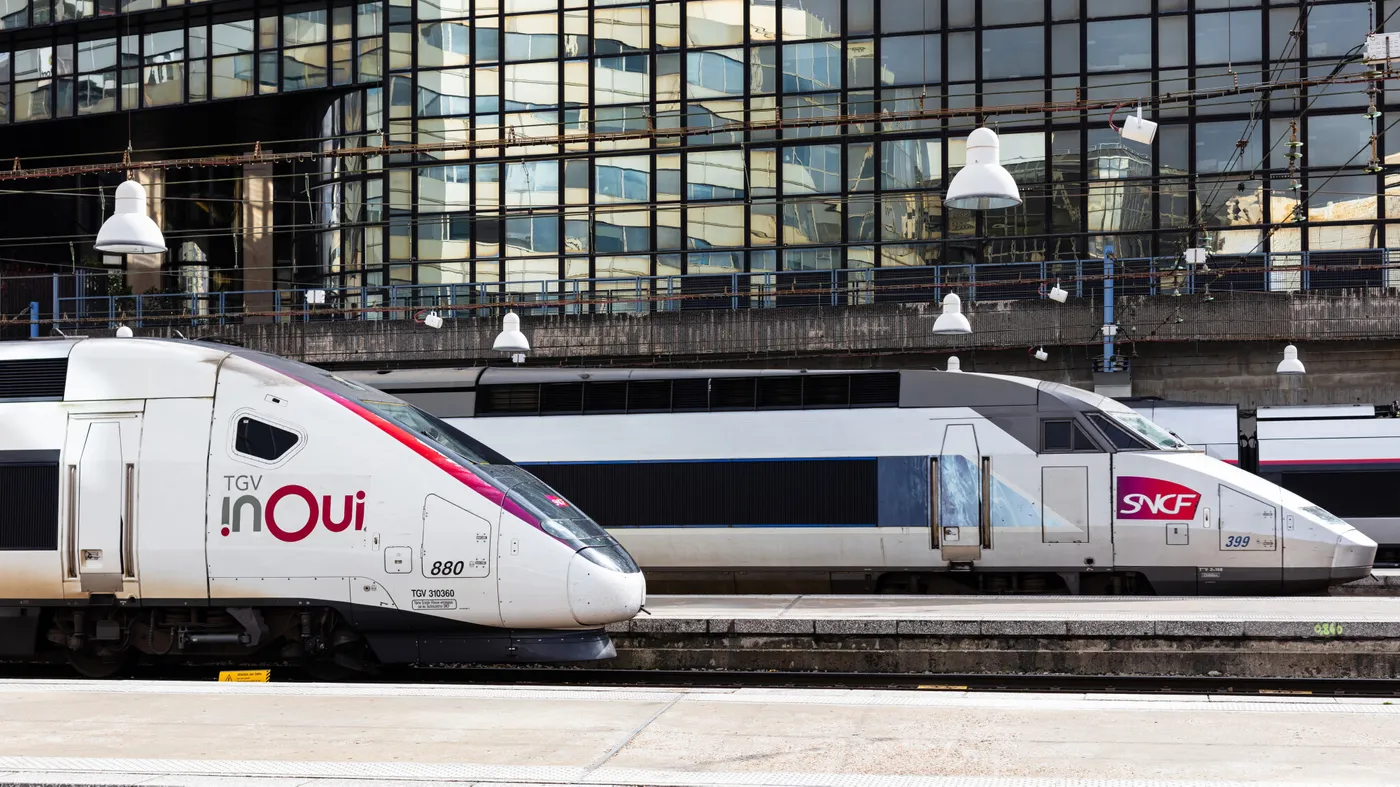-
 AI for the healthand productivity ofmaintenance workersDatategy x SNCF
AI for the healthand productivity ofmaintenance workersDatategy x SNCF

Today, when the solution tells us that there is no asbestos on a wagon, we can trust it 100%! It has never been wrong. And when it reports the presence of asbestos, the error rate is less than 1%.
Patrick Munsch
Head of Wagon Maintenance & Engineering- SNCF
Industry: Railway transportation
Use case : Maintenance – Asbestos detection
Region: Europe
SNCF Voyageurs is a passenger rail transport company operating in France and Europe. It has 70,000 employees, including 20,000 agents responsible for the maintenance and industrial performance of rolling stock. The company oversees several activities: Voyages SNCF, TER, Transilien, Industrial Management, e-voyageurs and the General Secretariat.
As part of an initiative to improve the maintenance processes for freight cars, the company’s Industrial Department decided to deploy an artificial intelligence (AI) solution to detect the presence of asbestos. Datategy’s expertise was called upon in this context. Patrick Munsch, Head of Maintenance & Engineering at SNCF Voyageurs, gives us an overview of this project.
Patrick Munsch, Head of Maintenance & Engineering at SNCF Voyageurs, gives us an overview of this project.
 A hundred users of the software on a daily basis.
A hundred users of the software on a daily basis.
 Detection of asbestos in a few seconds.
Detection of asbestos in a few seconds.

Increased safety for maintenance teams.
Railcar maintenance: a complex, timed process
The SNCF Voyageurs Industrial Department is responsible for managing the industrial maintenance of the 17,000 trains of the Passenger and Freight group and of external customers. It is therefore a strategic activity for the group. To improve efficiency, it has decided to optimize certain processes, including the detection of asbestos in freight cars.
“During our maintenance and engineering operations, we automatically carry out an asbestos diagnosis to check whether the wagons are safe or not. We train our agents to detect it visually, and then we analyze the parts in the lab if there is any doubt. This process can take up to three days, which delays maintenance time. To reduce these delays, our teams regularly asked us for a tool to identify the presence of asbestos in equipment. However, such a solution did not exist on the market. We therefore wondered if we could not create it,” explains Patrick Munsch, Head of Maintenance & Engineering at SNCF Voyageurs”.
Tailored Artificial Intelligence (AI) to detect the presence of asbestos
In June 2019, Patrick Munsch and his team decided to seek out a partner that could develop a solution to detect the presence of asbestos by processing photos automatically. Mr. Munsch had already collaborated with Datategy, a company with expertise in data science and artificial intelligence, on a previous assignment. He was confident that the company would be able to respond to their request easily and quickly.
“We met with Datategy to discuss our needs and see what could be done. A few weeks later, they presented us with a very promising AI prototype solution! Its principle is simple: our employees simply take a picture of the cars and the algorithm studies the image to perform its diagnosis”.
15 months to train the algorithm and achieve less than 1% error rate
The offered tool is based on papAI, Datategy’s AI platform. For several months, SNCF teams trained and fed it with images and laboratory results regarding the presence of asbestos on various railcar parts, until it reached a very high level of performance.
” This tool provides real comfort on a daily basis, allowing time, safety and productivity for our teams. The controls are done, as expected, by simple analysis of images that the agents are taking. In a few seconds, we have the results. The interface is very simple, and we train the staff (welders, boilermakers, industrialists, etc.) in less than two hours. All they have to do is take a picture via a mobile terminal and launch the analysis. We have about 100 users on a daily basis”.
A tool for employee safety
For the SNCF, the deployment of the papAI solution not only saves time, but also meets the expectations of employees in terms of safety.
” Of course, it is important to reduce the downtime of wagons during maintenance, but this is not the only benefit of the solution. It responds to the demands of the staff who have a reliable, easy-to-use tool that incorporates their recommendations. This is very important to us.
We are convinced that this application could also benefit other industrial services (such as locomotive maintenance, for example). On our side, we are delighted to have a tool that meets our demands and our actual needs in the field “.
Objectives
- Reduce the time of detection of asbestos
- Adapt to specific user requirements
- Develop an AI-based solution quickly
Key figures
- 2,500 parts diagnosed each year
- False negative rate: 0% (all hazardous parts are identified)
- Work time saved : 2 hours per agent per operation